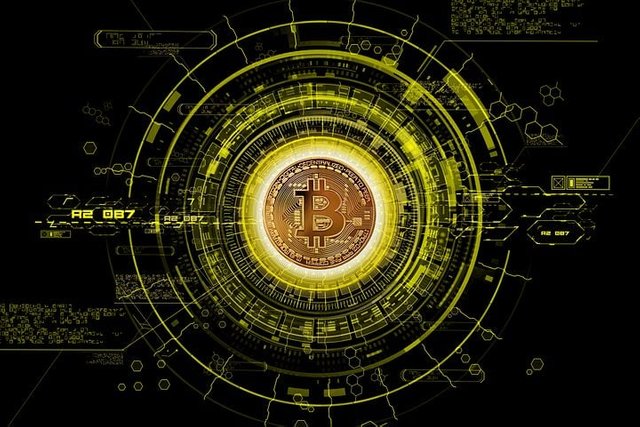HOW TO MAKE THE BLOCKCHAIN MORE SUSTAINABLE
AVAX is a layer 1 blockchain platform for private blockchain networks and decentralized apps. It is unquestionably one of the most favored and well-liked Ethereum killers, directly competing with a number of other rivals to attempt and dethrone Ethereum as the leading altcoin. AVAX provides a distinctive answer to what we named the blockchain Trilemma, which distinguishes it as one of the top cryptocurrency initiatives. Security, decentralization, and scalability will be the three foundations that the majority of blockchains will be built upon. The Trilemma's problem is striking a balance between the three. This is so because projects frequently excel at two things, such as scalability and decentralization. They're frequently all supported by security.
Crypto projects have the option of concentrating on two of the three problems or coming up with a solution to address the Trilemma as a whole. The fact that Avalanche plans ahead to take on all three is what sets them apart. The X chain, C chain, and P chain are three distinct blockchains that they suggest as a remedy for this. To send and receive money from the Avalanche network, use the X chain, also referred as as the exchange chain. We have the P chain, a platform chain that supports validator activity and is used to stake AVAX. For Avalanche's chain, which is utilized for Defi apps and smart contracts, we have a C chain, also known as a contract chain.
They all serve separate duties and have different goals, but they all work together by splitting up various computing processes, producing quick results and using less gas. Because of this, Avalanche is able to have one of the greatest transaction outputs—roughly 4,500 transactions per second—without sacrificing any of those scalability applications. Currently, Ethereum can only execute 15 to 30 transactions per second, and they have already dealt with the issue of gas prices that will arise after their upgrade is complete. You still have time to switch to an Ethereum option that will cost you less money to use.
They each perform distinct tasks and pursue different objectives, but they all work together to get quick results while consuming less fuel. As none of those scalability applications have to be sacrificed, Avalanche is able to have one of the highest transaction outputs—roughly 4,500 transactions per second. Ethereum's current transaction processing speed is only 15 to 30 transactions per second, and the gas pricing problem that would come after the upgrade is finished has already been addressed. There is still time for you to switch to an Ethereum option that will be less expensive for you to use.
